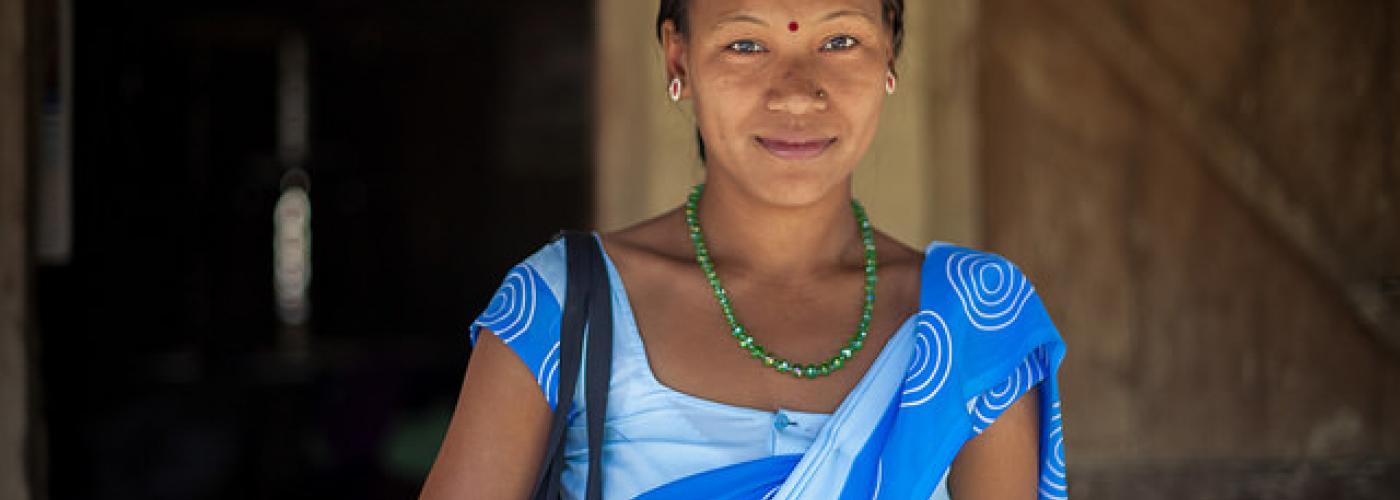Resource: Women’s Financial Inclusion and Economic Opportunities in Fragile and Conflict-Affected States: An overview of challenges and prospects
Image

This report was first published by Georgetown Institute for Women, Peace and Security (GIWPS), and was authored by Dr. Jeni Klugma and Yvonne Quek. This is the first in a series of GIWPS research studies on advancing women’s economic opportunities in fragile states. The publication is broken down into four main sections:
- Patterns of opportunities and constraints
- Patterns of financial inclusion and exclusion
- Interventions and innovations to advance women’s financial inclusion
- Toward a forward‑looking agenda
Executive Summary
Women’s economic participation is essential for growing economies— and inclusive growth is important for creating sustainable peace and security. It is also a matter of basic human rights.
Investing in women’s economic empowerment is at the forefront of the global agenda, as recognized by the Sustainable Development Goals and the United Nations SecretaryGeneral’s High-Level Panel on Women’s Economic Empowerment. The Sustainable Development Agenda calls for leaving no one behind, while almost two decades ago, in resolution 1325, the United Nations Security Council recognized the disproportionate effects of conflict on women.
Yet little attention has been paid to the particular challenges to economic opportunities faced by the estimated 264 million women living in fragile and conflict-affected countries (see appendix 1 for the list of 36 countries, as classified by the World Bank). Fragile countries are characterized by weak institutional capacity, poor governance, and political instability, while conflict-affected countries have experienced ongoing conflict (protracted conflict) or recent conflict (post-conflict). About one in three people in these countries live in extreme poverty, on less than $1.90 a day.
This paper explores the barriers to the expansion of women’s economic opportunities in the challenging context of fragility and conflict, with a focus on financial inclusion and emerging evidence about promising directions for advancing women’s economic empowerment. It seeks to inform growing efforts by governments, civil society, and the corporate sector to boost the role of women and advance prospects for peace and prosperity.
The full Executive Summary and full report are available to read online on the GIWPS website.

